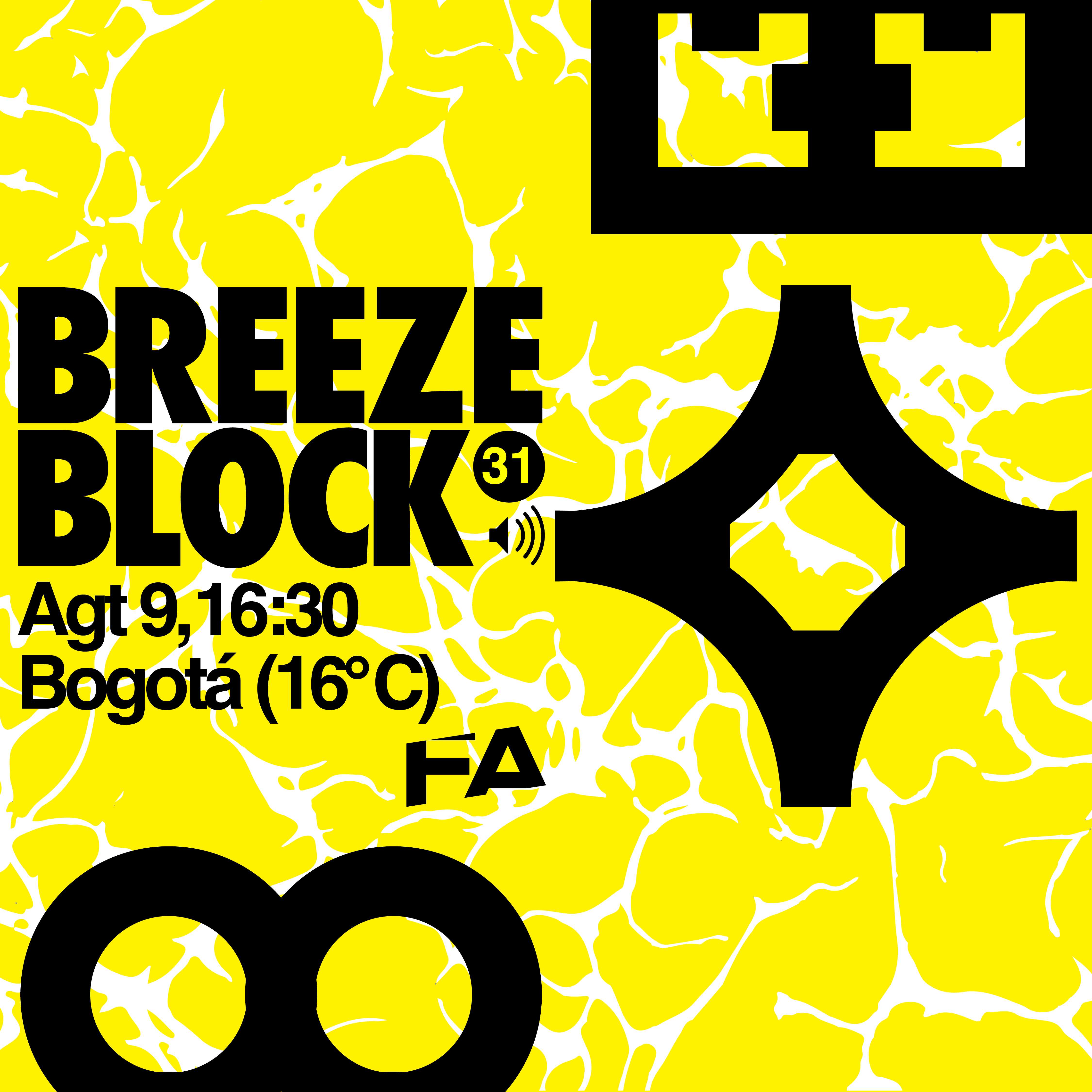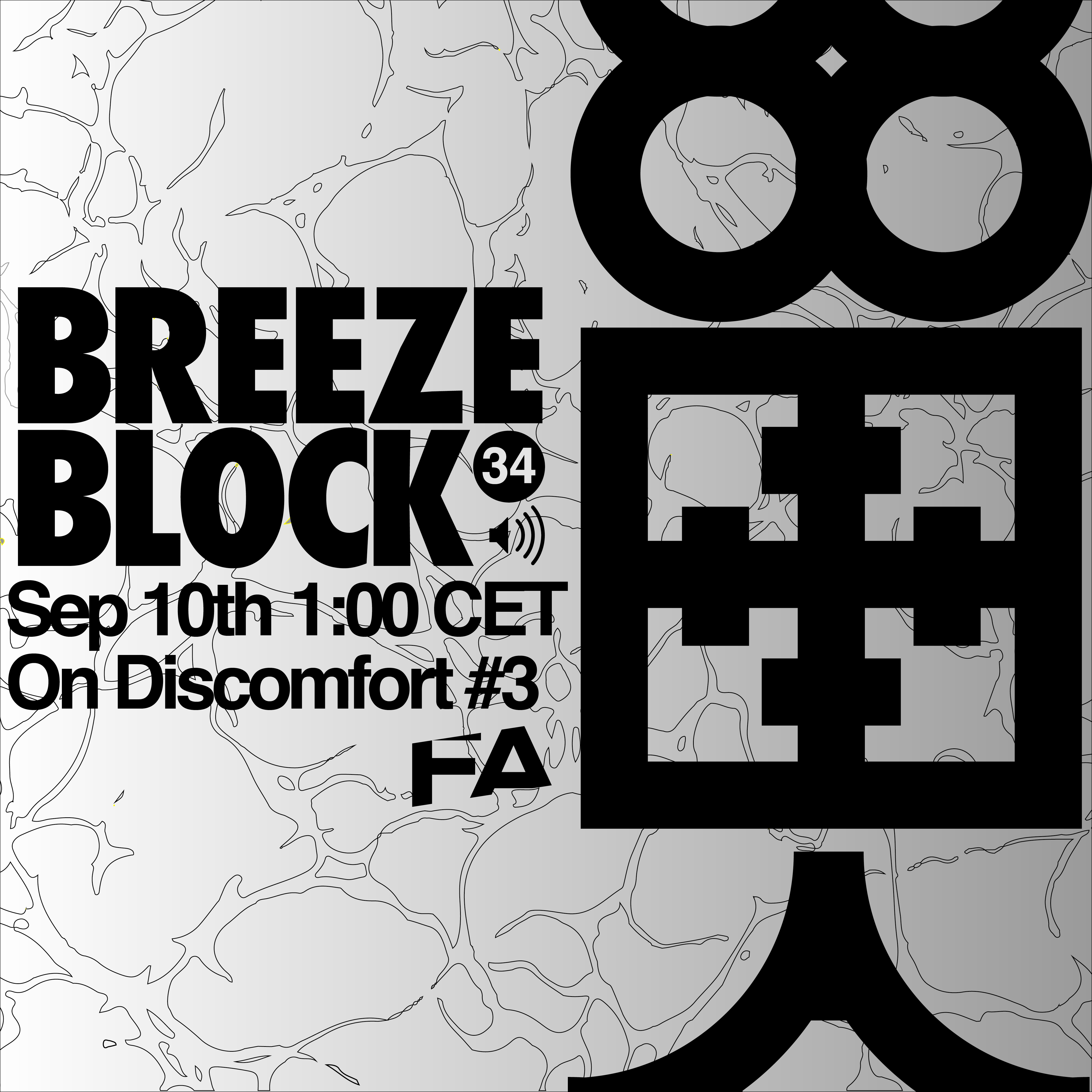Video games have changed the way we interact with space. From their very inception, these increasingly complex virtual worlds have been forcing new perspectives and new ways of interacting with the world beyond. Once they were able to represent cities, their role in shaping our everyday urban experience became even more acute, thrusting players into environments that they would otherwise have never come close to and exposing them to representations of urban life which will have had countless effects on the way players experienced cities in real life.
But while it’s long been accepted that film, music and other established forms of culture have been instrumental in crafting people’s perception of city life, the role of video games has hitherto been rather neglected. This, despite the fact that the industry is in many countries bigger than film and music combined. If we do not accept the wide-ranging and increasingly significant role that video games have in shaping the way people interact with city space, then we leave it open to conservative or reactionary portrayals of city life and space more generally.
– Oli Mould is Lecturer in Human Geography at Royal Holloway, he blogs at Tacity
– Rosa Carbo-Mascarell is a game designer and co-founder of Games for the Many
– Darran Anderson is a writer and author of Imaginary Cities and the forthcoming Tidewrack
– Hannah Nicklin is a writer, narrative designer and game designer with a PhD in games influenced theatre and theatre influenced games
This episode is directed by Charlie Clemoes/the Failed Architecture team.

Listen to this episode and subscribe to the FA podcast on Apple Podcasts, Spotify, Stitcher or Overcast. Continuando con la serie de conversaciones, podcasts...

For Breezeblock #18, FA organiser René Boer talks to the founders of Radio Alhara, architects Elias and Yousef Anastas, on the one year anniversary...

Listen to this episode and subscribe to the FA podcast on Apple Podcasts, Spotify, Stitcher or Overcast. For Breezeblock #34, editors María Victoria Londoño-Becerra,...